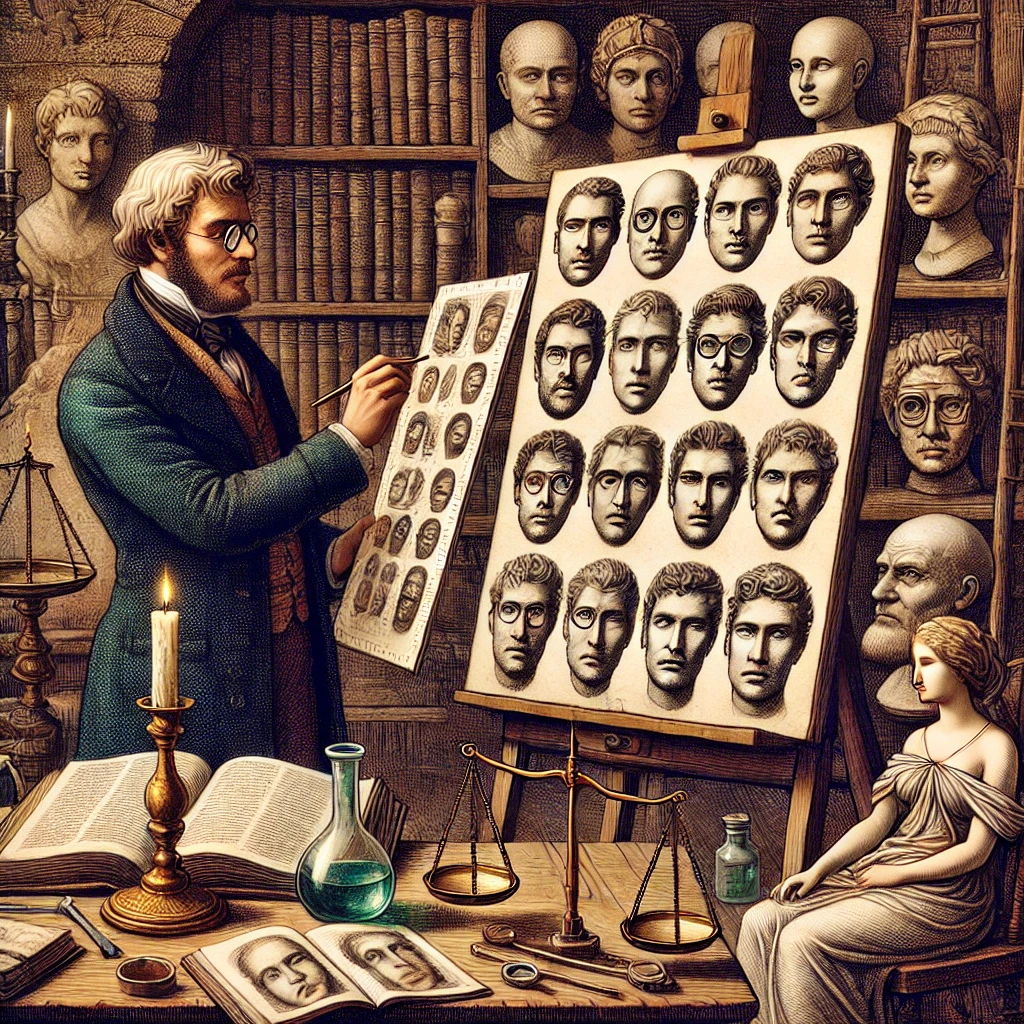
The Science and Controversy of Physiognomy
Physiognomy is the practice of assessing a person's character or personality based on their facial features. This concept has fascinated scholars, scientists, and philosophers for centuries. From ancient civilizations to Renaissance thinkers, physiognomy has been used to predict intelligence, morality, and even destiny. While its influence persists in modern psychology and artificial intelligence, it remains a controversial subject due to its historical misuse and lack of scientific validation.
The Origins of Physiognomy
The roots of physiognomy can be traced back to ancient Greece, where philosophers like Aristotle and Pythagoras studied the relationship between facial features and temperament. Aristotle, for instance, believed that people with broad foreheads were more intelligent, while those with small eyes were deceitful. This practice extended into medieval Europe, where scholars attempted to categorize individuals based on facial structure.
During the Renaissance, Italian scholar Giovanni Battista della Porta expanded on Aristotle's ideas, proposing that a person's external appearance reflected their inner soul. In the 18th and 19th centuries, Johann Kaspar Lavater popularized physiognomy through his published works, linking facial characteristics to moral and psychological traits.
Physiognomy in the Modern Era
With the rise of psychology and neuroscience, interest in physiognomy declined due to the emergence of more scientific methods for analyzing human behavior. However, in recent years, artificial intelligence and machine learning have revived interest in this field. Facial recognition technology, for example, is now being used to analyze emotions and personality traits based on facial expressions.
Despite these advancements, modern psychologists remain skeptical about the validity of physiognomy. Studies have shown that while facial expressions can provide clues about emotions, they are not reliable indicators of personality or intelligence. The field has also been criticized for its historical association with racial and social biases.
Controversies and Ethical Concerns
One of the biggest criticisms of physiognomy is its role in reinforcing stereotypes and discrimination. In the 19th and early 20th centuries, pseudoscientific applications of physiognomy contributed to racial profiling, eugenics, and criminal classification. Some criminologists even attempted to predict criminal behavior based on facial structure—a practice that has been widely discredited.
In the digital age, concerns have resurfaced regarding AI-driven facial analysis. Some researchers argue that using facial recognition to assess personality could lead to ethical violations, privacy concerns, and biased decision-making. Without strict regulation, such technology could be misused in hiring processes, law enforcement, and social interactions.
Physiognomy remains a fascinating yet controversial subject. While its historical significance cannot be ignored, its scientific validity is widely questioned. The rise of AI-driven facial analysis has reignited interest in the topic, but ethical concerns must be carefully considered. As technology advances, it is crucial to distinguish between genuine psychological insights and pseudoscientific claims to ensure fair and unbiased applications.





